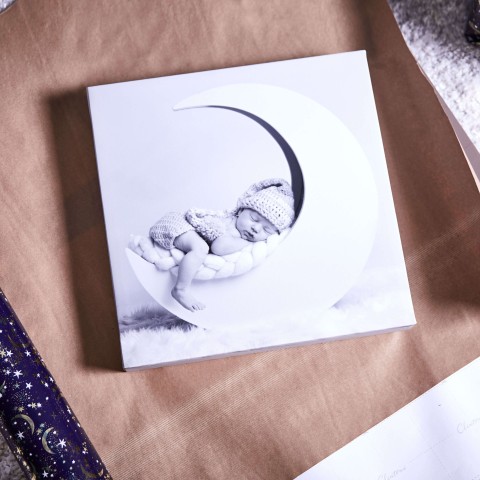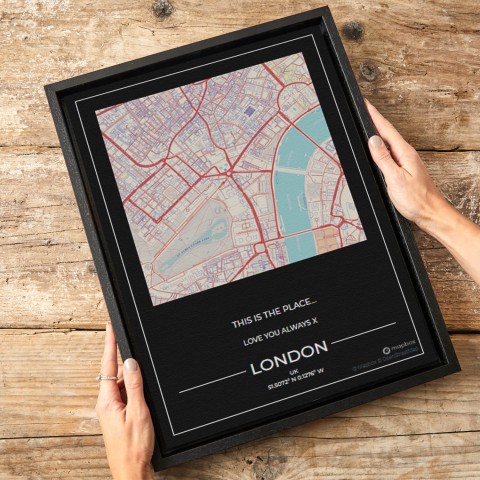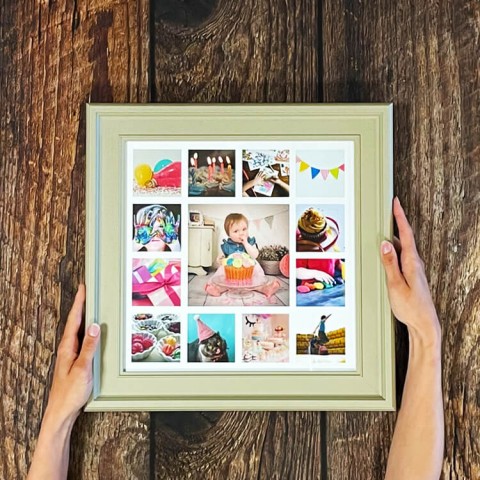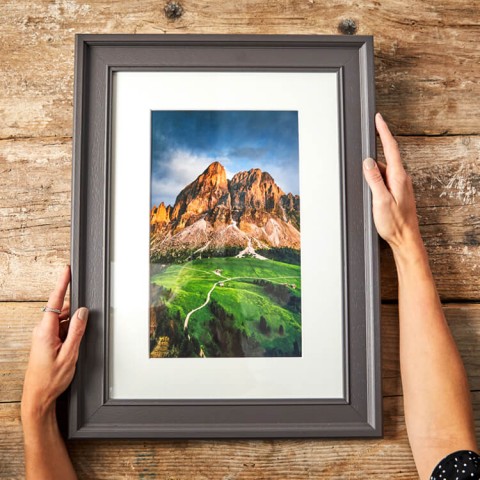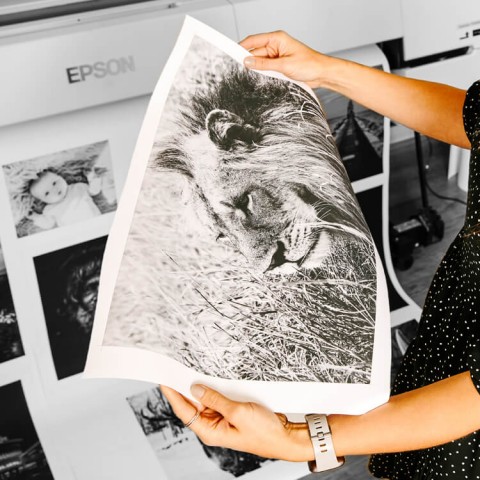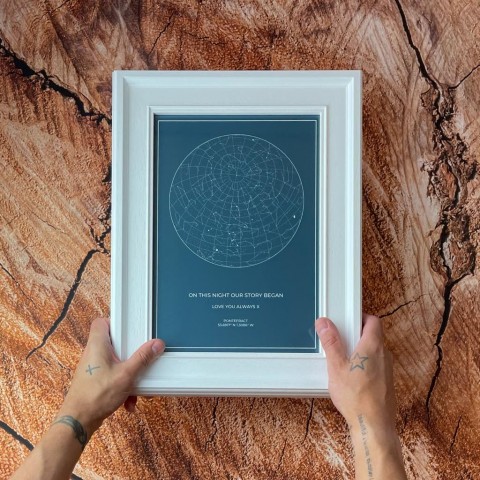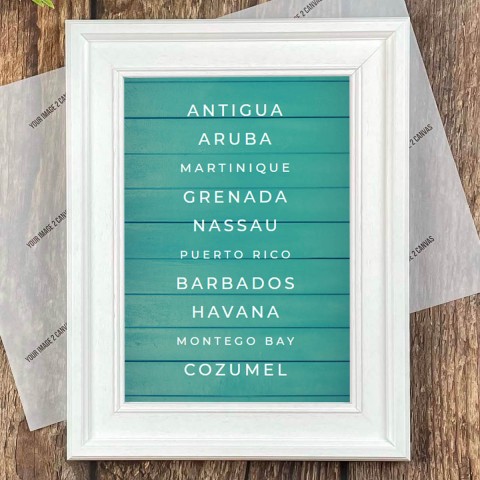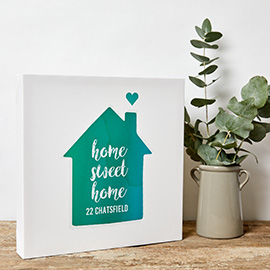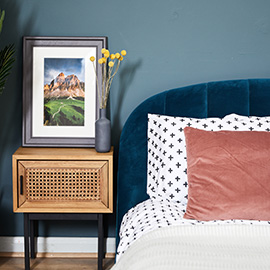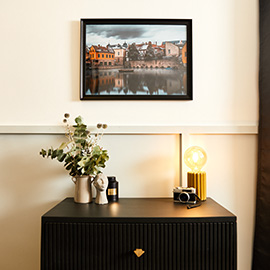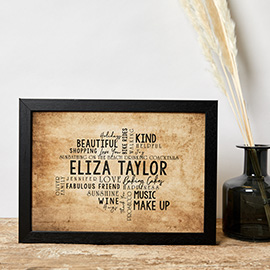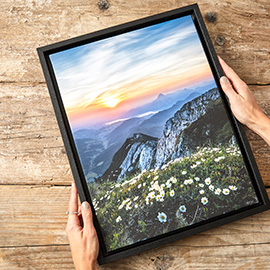Headshots at Home - Part 4
So far in our Headshots at Home series, we've covered the gear you'll need, how to set it up safely and a little on choosing backgrounds. This week we'll take a look at how to achieve the white background effect that, despite alternative options, is still popular for canvas portraits.
White background at home - gear
You may remember that last week we extolled the virtues of grey as a backdrop. It's neutral, easy to shoot and allows many different shades depending on how far away your key light is. White is doable too though, but requires yet another trip to eBay, so you can pick up another of those wonderful little Yongnuo flashguns we talked about in part 2. Add another Konig lightstand and a cheap umbrella adaptor and you're all set.
Setting it up
You'll need a bit of space for this kind of shot, but not as much as you might imagine. For headshots or head and shoulder portraits, you'll need about 8-10' front-to-back and a few feet off to one side. Place a chair or stool a minimum of 3', or further if possible, away from your background wall. A white wall is best, but any light coloured wall will work okay because you'll be blowing it to 100% white. The advantage of a white wall is that there will be no colour cast from the light that bounces back from the wall into the room and onto the back of your subject's neck and hair.
If you do not have a light coloured wall you can use the same trick we talked about last week with the grey background shoot, and bring in a white sheet, reflector or foam board. If you shoot RAW - and you should for studio work with lights - you'll have the latitude to correct any colour cast in post production, but it'll be a nightmare to get right if you have a really bright colour to adjust for.
Next you'll bring in your umbrella and flash we set-up previously. Place it at a 45° angle to your subject, a couple of feet away, and just out of the frame. Place your other flash and lightstand behind the subject pointing at the wall, reflector or foam board.
We're now ready to start taking some shots, so next week we'll talk about how to use those lights for both the grey and white backdrops in the same shoot.


